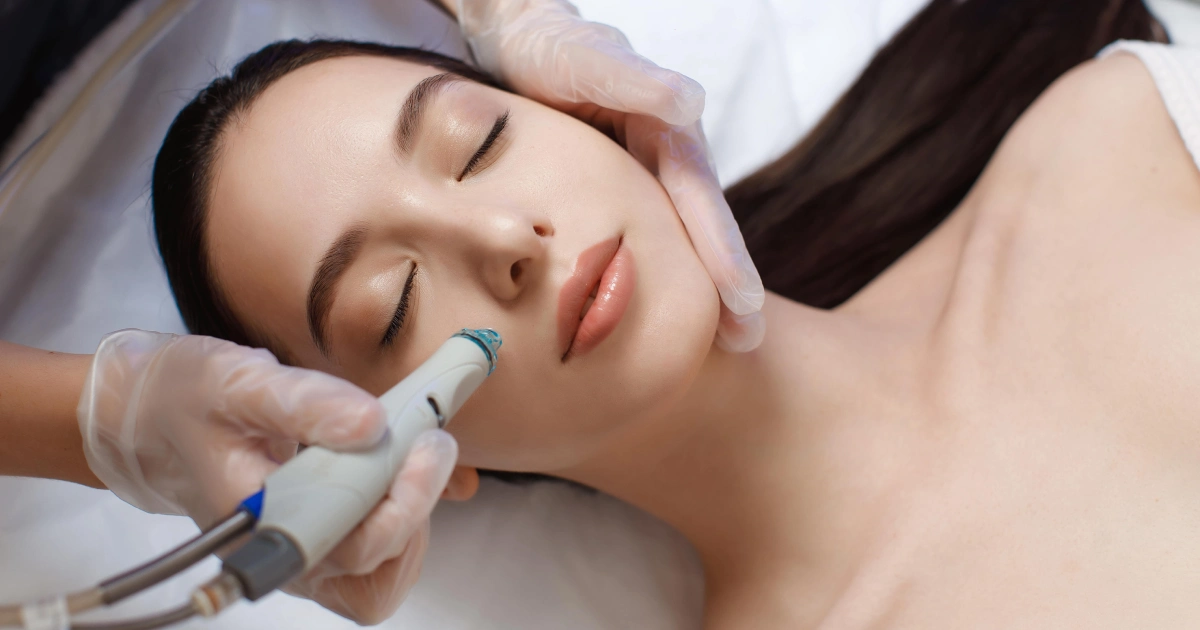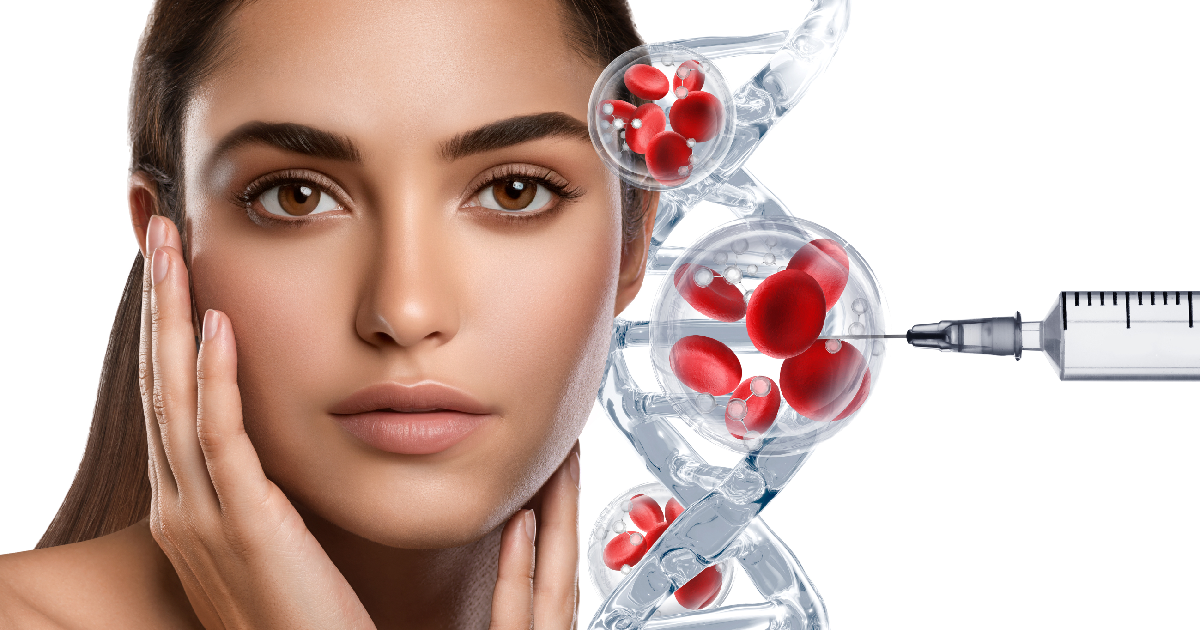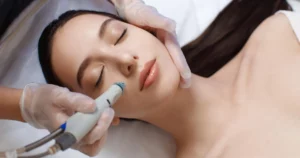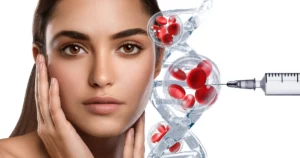Introduction
Nail fungus, also known as onychomycosis, originates from fungal organisms like dermatophytes that infect the nail bed under favorable conditions, such as dampness and reduced light. Effective toenail fungus treatment is crucial to manage this condition, which can lead to thickened, brittle, and discolored nails if left untreated. With a variety of treatments available, ranging from topical ointments to advanced laser therapy, individuals suffering from toenail fungus have multiple avenues to seek relief and restore the health of their nails.
The Origins of Nail Fungus
Numerous fungal species can cause nail fungus, however dermatophytes are the most prevalent form. Yeasts and molds can also infect the nails, leading to fungal nail infections. Since these fungi like warm, humid conditions, your shoes are an ideal habitat for them to grow, especially if you wear the same shoes every day without allowing them to air out or sweat.
How Nail Fungus Spreads
Fungal nail infections can spread in several ways. Public places with wet surfaces, like gym locker rooms, swimming pools, and showers, are hotspots for contracting a fungal infection. The fungus can also proliferate when people share intimate goods like shoes, towels, and nail clippers. Once one toenail gets infected, the fungus can easily spread to other toes or even the fingernails if precautions are not taken.
Risk Factors for Nail Fungus
There are certain things that can make you more susceptible to nail fungus. Age plays a big role; older persons are more vulnerable because of slower nail growth, less blood flow, and longer years of fungal contact. A weakened immune system, wearing artificial nails, having a nail injury, and conditions like diabetes that affect circulation can also increase the risk.
Toenail Fungus Treatments
Professional treatments for nail fungus, also known as onychomycosis, aim to eliminate the infection, restore the appearance of the nails, and prevent recurrence. The type of fungus implicated, the extent of the infection, and the patient’s general condition all influence the treatment option. Here are some of the most common professional treatments for nail fungus:
Oral Antifungal Medications
For moderate to severe nail fungus, oral antifungals such as terbinafine (Lamisil) and itraconazole (Sporanox) are frequently the first line of treatment. With the aid of these drugs, an infection-free new nail gradually grows in place of the damaged one. The course of treatment usually lasts six to twelve weeks, but the full effect won’t become apparent until the nail grows back entirely, which may take up to four months. Although they have been demonstrated to be beneficial, oral antifungals can have negative side effects and interact with other drugs.
Topical Treatments
Topical antifungal treatments come in the form of creams, gels, and nail lacquers. They are applied directly to the infected nail and surrounding skin. Ciclopirox (Penlac) and efinaconazole (Jublia) are examples of topical treatments that can be used for mild to moderate infections. These treatments are less effective than oral medications but are a good option for patients who cannot take oral antifungals.
Laser Therapy
Without harming the nail or surrounding tissue, laser treatments employ light energy to heat and kill the fungi causing the infection. Several types of lasers are FDA-approved for the treatment of nail fungus. Laser therapy, a quick, painless, and minimally invasive treatment, is particularly beneficial for patients who cannot tolerate traditional medications or do not respond well to traditional treatments.
Nail Removal
In severe cases, where the nail fungus is causing significant pain or the infection is not responding to other treatments, partial or complete nail removal may be necessary. This allows direct application of antifungal treatments to the nail bed. While effective, nail removal is generally considered a last resort due to the discomfort and extended recovery time involved.
Combination Therapy
Combining oral and topical treatments can enhance the effectiveness of nail fungus treatment. To improve the likelihood of healing the infection, doctors may occasionally advise combining a topical medication with an oral antifungal. Combining different treatment modalities, including laser therapy, can also be effective, especially for stubborn infections.
Preventing Toenail Fungus
Preventive measures are crucial in avoiding nail fungus infections or preventing their recurrence. Here are comprehensive strategies to keep your nails healthy:
- Wash your feet regularly with soap and water, especially after visiting public places like gyms, swimming pools, and locker rooms.
- Dry your feet thoroughly, including between the toes, after washing or getting them wet.
- Consider applying antifungal powders or sprays to your feet and inside your shoes regularly, especially if you’re prone to sweating.
- Wear breathable shoes and socks. Materials that allow air flow can help keep your feet dry, reducing the environment fungi thrive in.
- Change your socks daily, or more frequently if your feet become sweaty.
- Avoid tight-fitting shoes that constrict airflow around your feet.
- Put on flip-flops or sandals to prevent direct contact with potentially fungal-filled surfaces in public showers, locker rooms, and pool areas.
- Trimming your nails too close to the skin or too rounded at the corners increases the risk of ingrown toenails and makes your nails more prone to infection. Instead, keep your nails neat and trim.
- Steer clear from fake nails and nail polish since they might retain moisture and foster a fungal development environment.
- Regularly sanitize nail clippers, scissors, and files. Avoid sharing these personal items to prevent the spread of fungus.
- Avoid wearing the same pair of shoes twice in a row to allow them to dry completely. Instead, choose shoes made of materials that breathe, such as leather or canvas.
- If you have diabetes or another condition that affects blood circulation to your feet, take extra care of your feet. Your immune system may have a tougher time identifying and getting rid of infections if your circulation is poor.
- Human-to-person transmission is possible for fungal diseases. When dealing with someone who has a nail fungus infection, avoid sharing towels, shoes, or nail tools.
- Check your nails frequently for symptoms of infection, such as color or texture changes. More efficient management and treatment may result from early detection.
Integrating these preventive measures into your daily regimen can significantly lower the risk of developing nail fungus. Seek early help from a healthcare provider if you observe any nail fungal symptoms.
Consultation with a Professional in Erie, PA
If you suspect you have nail fungus in Erie, PA, it’s essential to consult with a healthcare professional or dermatologist who can accurately diagnose and recommend the most suitable treatment for you. These experts can provide a variety of customized therapies, such as the newest antifungal drugs and laser therapy, to address your particular issue. Early consultation can prevent the spread of the fungus and ensure a quicker return to healthy nails.
For those dealing with nail fungus in Erie, PA, SpaGo MedSpa is recognized as one of the leading providers for effective treatment solutions. Their expert team utilizes state-of-the-art technology, including advanced laser therapy, to target and eliminate nail fungus at its source. Choosing SpaGo MedSpa ensures access to the latest treatments and personalized care plans designed to restore your nails’ health and appearance swiftly.
Conclusion
Nail fungus can be treated and prevented with proper knowledge and precautions, ensuring healthy, fungus-free nails with early treatment. At SpaGo MedSpa, experience cutting-edge treatment as Dr. Mascia harnesses the power of the Aerolase Elite YAG Laser, designed to target and eliminate the troublesome nail fungus behind onychomycosis. Experience the transformative power of the Aerolase Elite YAG Laser at SpaGo MedSpa, a cutting-edge, painless treatment that targets and eliminates nail fungus, ensuring your nails regain their natural beauty and strength.













